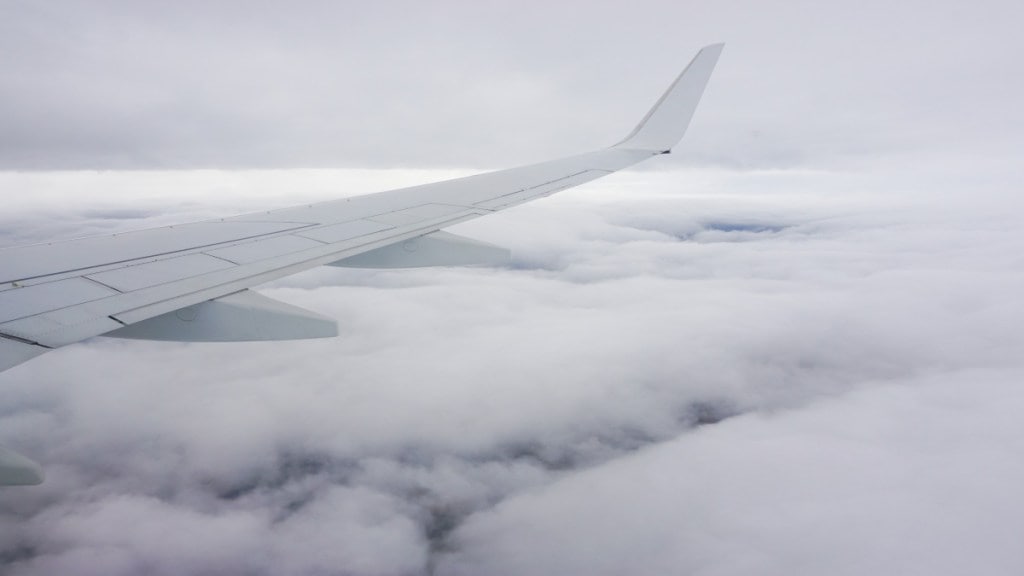Ever wondered how pilots land their aircraft in foggy or zero-visibility conditions? Landing a plane in foggy or low-visibility conditions is one of the most difficult challenges pilots face, particularly in regions like India where dense fog is common during winter. Despite not being able to see the runway, pilots are equipped with advanced technology and undergo extensive training to ensure safe landings. This article explores the technology, training, and procedures that make these blind landings possible.
One of the most essential tools for pilots landing in fog is the Instrument Landing System (ILS). This radio-based navigation system provides precise guidance, especially when visibility is poor. It has two main components:
Localiser: Provides horizontal guidance, ensuring the aircraft stays aligned with the runway centerline.
Glide Slope: Offers vertical guidance, ensuring the aircraft descends at the correct angle.
ILS allows pilots to land safely without visual cues from the ground, guiding them along an invisible path to the runway. The system is especially useful when visibility drops to near zero due to dense fog or other weather conditions.
Autoland Technology: Landing Without Human Intervention
In addition to ILS, autoland technology has become a game-changer in modern aviation. This system allows the aircraft to land automatically, utilising the aircraft’s autopilot. While pilots are still present in the cockpit, their role is reduced to monitoring the systems and ensuring everything is functioning correctly.
Autoland technology is particularly beneficial in situations where visibility is so low that manual landings would be impossible. Airports in major Indian cities such as Delhi, Bangalore and Kolkata are equipped with such technology to ensure safe operations during foggy conditions.
Pilot Training for Low-Visibility Landings
Despite relying on technology, pilots must undergo rigorous training to safely navigate through low-visibility conditions. This training includes understanding instrument approaches, maintaining clear communication with air traffic control, and using radar and weather data to track their position. Pilots are also trained to handle emergency scenarios, such as when the autopilot fails during the landing process.
Category II and III Approaches: Handling Extreme Fog
When visibility becomes particularly severe, pilots follow Category II and III approaches. These approaches are designed specifically for low-visibility landings, with each category offering stricter requirements for runway visibility and aircraft equipment.
Category II (CAT-II): Requires a minimum runway visual range (RVR) of 300 meters.
Category III (CAT-III): There are three subcategories based on the RVR required:
CAT-IIIA: Requires a minimum RVR of 200 meters.
CAT-IIIB: Operates with an RVR of at least 50 meters.
CAT-IIIC: Allows landings in zero-visibility conditions, providing the highest level of automation.
In India, while most commercial aircraft are capable of CAT-IIIB operations, which allow landings with very low visibility, very few planes are equipped for CAT-IIIC, which would allow landings with zero visibility.
The Aircraft’s Role in Low-Visibility Landings
The aircraft itself must be equipped with the necessary systems to perform low-visibility landings. For instance, modern aircraft such as the Airbus A320 and Boeing 737 Max are designed to perform CAT-IIIB landings, which are suited for dense fog but still require some visibility. However, no aircraft currently in use is certified for CAT-IIIC operations, meaning that even if the ILS system and the pilots are capable of handling the approach, the aircraft’s design may limit its ability to land in zero-visibility conditions.
As technology advances, so does the capability of pilots and aircraft to handle challenging weather conditions. Autoland systems are now so sophisticated that they can not only guide the aircraft to the runway but also control its speed and direction after touchdown, bringing it to a safe taxi speed.
However, pilot certification for autoland operations remains crucial. Pilots must undergo extensive training on the proper use of the system and its limitations. Training is carried out in high-fidelity flight simulators that replicate the exact conditions they may face in the cockpit, ensuring they can operate the system confidently and safely.
Landing a plane blindly in fog is possible due to a combination of advanced technologies like the Instrument Landing System (ILS), autoland systems, and Category II and III approaches, alongside extensive pilot training and certification. The collective readiness of airports, aircraft, and pilots ensures that even in the most challenging weather conditions, aircraft can land safely, ensuring the safety of passengers and crew.

